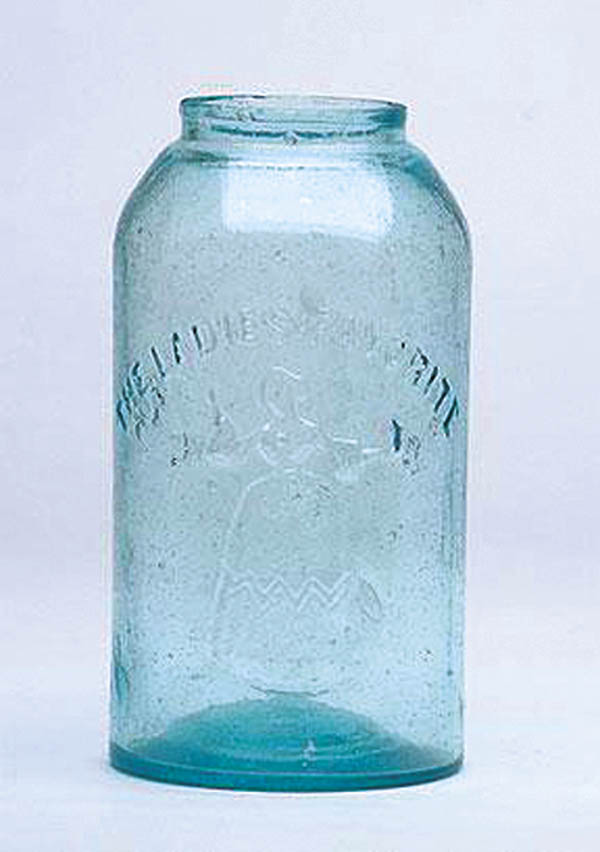'Tis The Season To Preserve: Collecting Antique Canning Jars
Food supplies were, of course, of the greatest importance to sustaining large armies on the move, so important in fact that the French government offered a 12,000 franc prize in 1795 (about $17,000 in today's Euros) for a food preservation method to serve the military's needs. The winner, Chef Nicholas Appert, offered a way to heat food in glass jars and seal them with pitch (yum?), among other things. He published his process in his 1810 L'Art de conserver, pendant plusieurs années, toutes les substances animales et végétales (The Art of Preserving All Kinds of Animal and Vegetable Substances for Several Years), paving the way for all sorts of food preservation developments later in the 19th century.
The biggest challenge in early methods of canning is that sealing (or unsealing) the jar often destroyed the jar's rim, so when tinsmith John Mason figured out how to cut threads into a tin lid and paired the lid with a jar with a threaded glass top, home canning became dramatically more practical and affordable. It's common to see Mason jars with a patent date of 1858, but these jars are not early; early Mason jars had no marks, and this design appeared in the 1880s. In reality, sales were slow until this point, largely because clearer forms of glass were still expensive, and dark glass had the unappealing trait of obscuring the color and quality of the canned materials. Still, Mason's development has almost become a generic substitute for the canning jar, and lightning jars (the ones with the built-in wire clamp) and Ball jars soon followed. In 1915, Alexander Kerr developed the system of separate rings and lids that is still in use today.
The variety of shapes is astounding, and colors range from blues and aquamarines to ambers and yellows; of course, the rarer the color, the higher the price. Also, while there are certain rarities from the well-known makers already mentioned, collectors seeking completion will pay high prices for lesser-known companies, like Ladies' Favorite and Hero. With canning jars as common as they are, it's worth familiarizing yourself with what's valuable. You may be surprised by what's in your own basement.

Andrew Richmond
Andrew Richmond holds degrees from Kenyon College, and the Winterthur Program in American Material Culture. He has spent more than a decade in the world of antiques and fine art auctions.
Andrew is the owner of Wipiak Consulting & Appraisals in Ohio. He is a recognized expert in the antiques and art field, serving as a regular appraiser on WKET TV’s Kentucky Collectibles, and he’s conducted numerous appraisal events around Ohio and beyond.
Andrew regularly engages in academic research on American decorative arts, and has lectured widely, including venues as Colonial Williamsburg’s Antiques Forum and the Winterthur Museum’s Furniture Forum. He has published numerous articles, and has curated two landmark exhibitions on the decorative arts of his native Ohio. He serves on the boards of several museums and decorative arts organizations.
Andrew lives in rural Ohio with his wife (and regular writing partner) Hollie Davis, their two children, and their cats.










